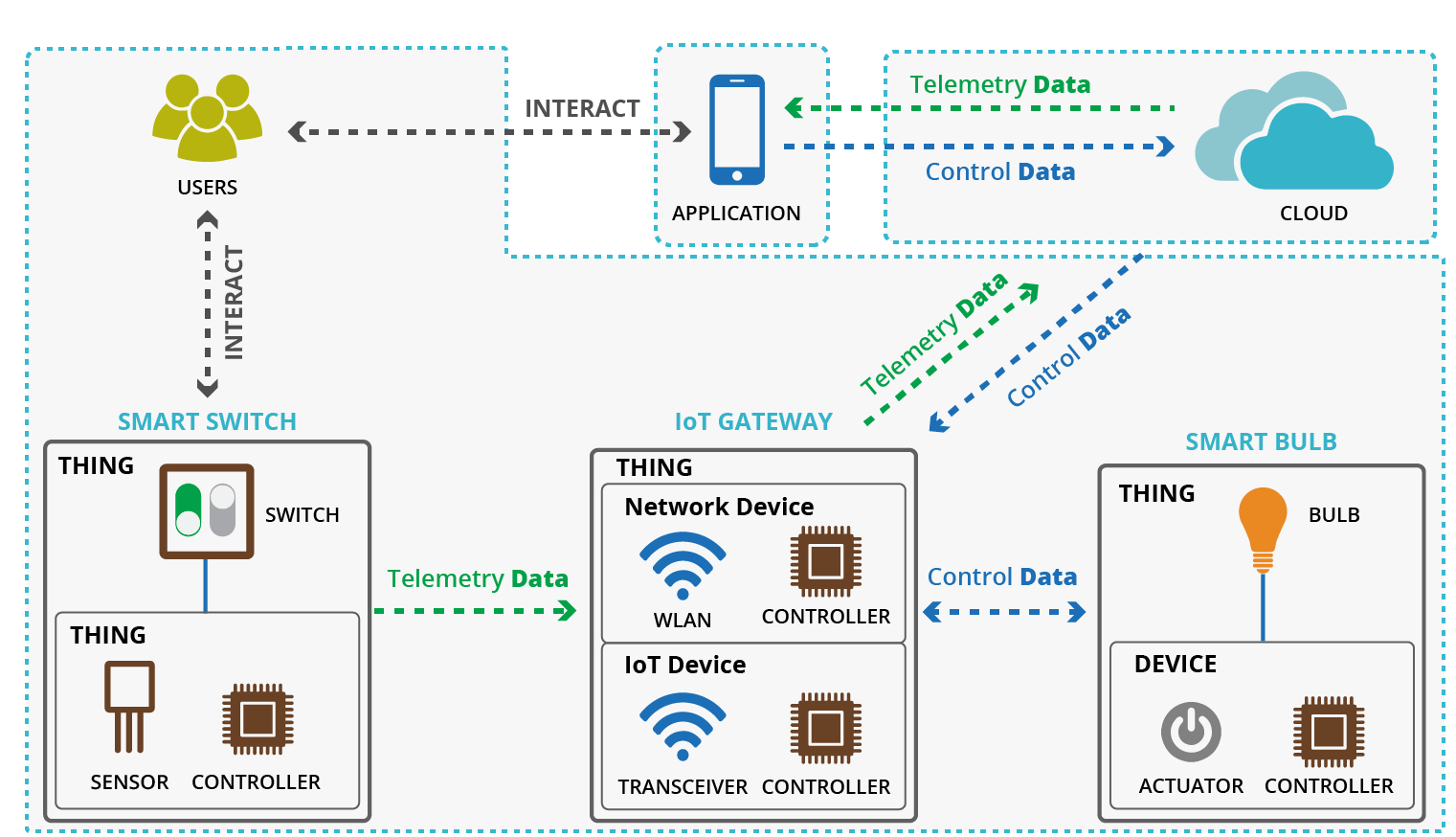IoT
IoT: First the Hype, Then the Plumbing

 Figure 1: A smart home setup
Figure 1: A smart home setupDisclaimer: The statements and opinions expressed in this article are those of the author(s) and do not necessarily reflect the positions of Thoughtworks.
